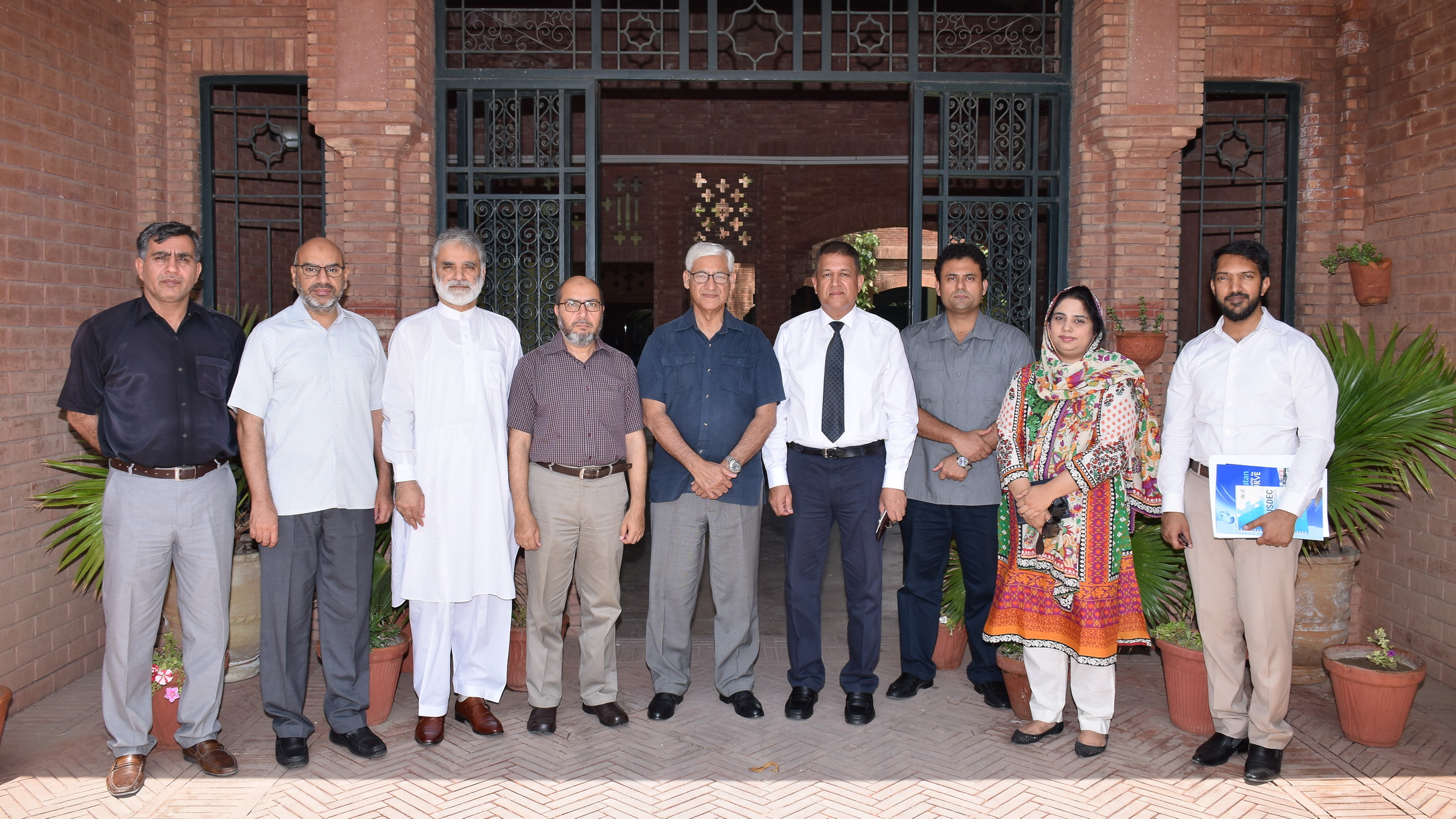

The second point concerns the taxation of these trades, which is not yet explicitly mentioned in supranational regulations. It would appear, as Equisafe indicates, that simply changing the Memorandum of Understanding and Evidence from “Proof-of-Work” to “Proof-of-Stake” would be sufficient to reduce a transaction’s consumption in a ratio of 1 to 100, thus removing any residual doubts and rapidly complying with the UN Sustainable Development Goals these emerging technologies must swiftly meet. The first concerns the energy consumption represented by this new economy. Lastly, a few unanswered questions remain: This makes it possible to question, as Karima Lachgar and Maia Steffan suggest, the new assets that are NFTs, whose primary characteristic is to be unique “assets”, but also whose not-fungible characteristic has thus far excluded them from the MiCAR regulation. And if we follow through with this reasoning, we come to the same conclusion as Yves Choueifaty in his article, who poses the question of the parallel to be drawn between the value of an asset and its correspondence in the real world, giving a tangible dimension to the trade in a market that would thus have become “efficient”.

This is confirmed in this article by Thomas Campione and PwC, whose study on the Luxembourg market confirms that the main players have gone from the stage of questioning to that of showing a marked interest in crypto assets in the short or medium term.
#Angjele mou full#
Indeed, it is the scheme proposed by EQUISAFE and its partner LemonWay, which makes it possible to increase the liquidity of non-listed assets issued by SPVs by relying on a platform regulated in full compliance with the French Prudential Supervision and Resolution Authority (ACPR) thanks to DEEP (Electronic Shared Registration Device).Įron Angjele also allows us to understand that we now have the opportunity to diversify portfolios in order to offer attractive returns in the face of a rather sluggish bond market ( read the article). Payment” movements, as presented by David Durouchoux in his article, is not incompatible with the security of transactions provided by the use of smart contracts and perfectly identified actors (as allowed by PACTE regulations in France, and the equivalent in Luxembourg and Switzerland). Nevertheless, the role of the custodian remains important in this new Eldorado, as it allows issuers and investors to be assured that the investment is rigorously maintained and that the flexibility in “Delivery vs. This highlights the role of intermediaries in this new ecosystem, as one of the objectives of DLT technology is to be able to simplify the mechanisms for placing orders and holding securities by being able to do without a CSD guaranteeing the integrity of transactions and the strict maintenance of the ledger. Similarly, the ability to identify or not the issuer of a security deposited in a blockchain will ensure a functioning that is close to listed securities, which is not the case of securities directly exposed to cryptocurrencies like Bitcoin. However, it is still necessary to classify the digital asset according to the category to which it belongs, and Alain Rocher reminds us how slight the differences are between the scope covered by MiCAR on crypto assets and the Pilot Regime, which is mainly aimed at issuers of listed securities ( read the article).

From the preceding articles we can draw the following conclusions:įirst of all, as Karima Lachgar and Maia Steffan mentioned in their article, the publication of new regulations at the European level is likely to reassure us about the framework within which the initiatives of the main players in this market must be based, and above all likely to arouse the interest of institutional or private investors, with full knowledge of the risk to which they are exposed.


 0 kommentar(er)
0 kommentar(er)
